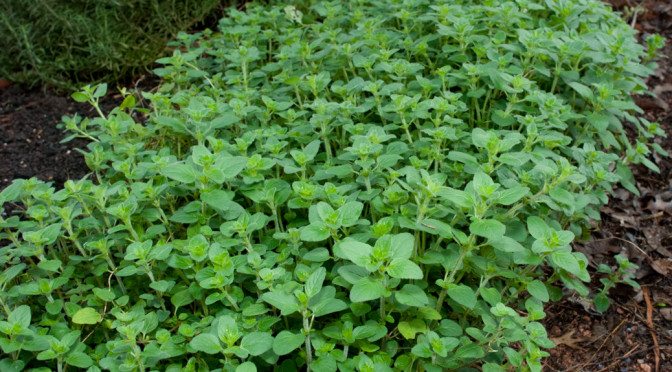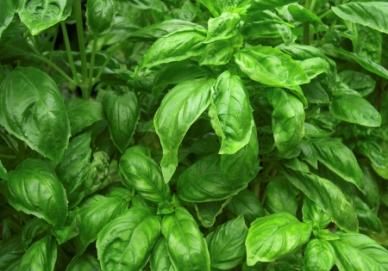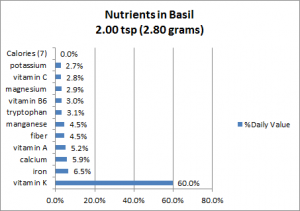Spring is heavy growth season for most herbs and oregano is no different. Normally, oregano can be ignored for the most part, but I usually like to fertilize them during this growth period to get more clippings. I use my normal recipe of 1 tablespoon of fish emulsion, 1 tablespoon of liquid kelp, to 1 gallon of rain water.
When your oregano reaches about 8″ – 10″ in height, I usually trim it back half way. Remember that pruning herbs causes healthy growth and prevents it blooming too soon. I’ve always found that herbs lose a bit of their “zing” after they bloom.
If you do not plan to use your trimmings right away, you can hang them to dry. I generally bundle about 10 or so sprigs together at the base of where they were trimmed, then tie them together with a piece of culinary string. Then, I hang it with the stem bases up in my garage and just leave it there until I need some dried oregano after season is over and the main plants have died down or gone dormant.
Down here in central Texas, I can usually trim, use and/or dry until well into November or December and I have plenty left in the garage by the time spring time rolls around again. I won’t ever run out!



